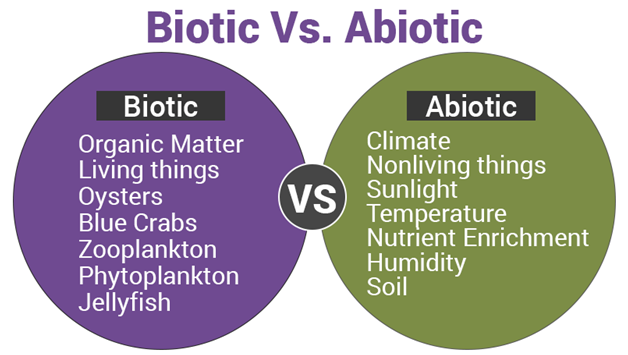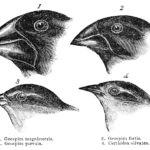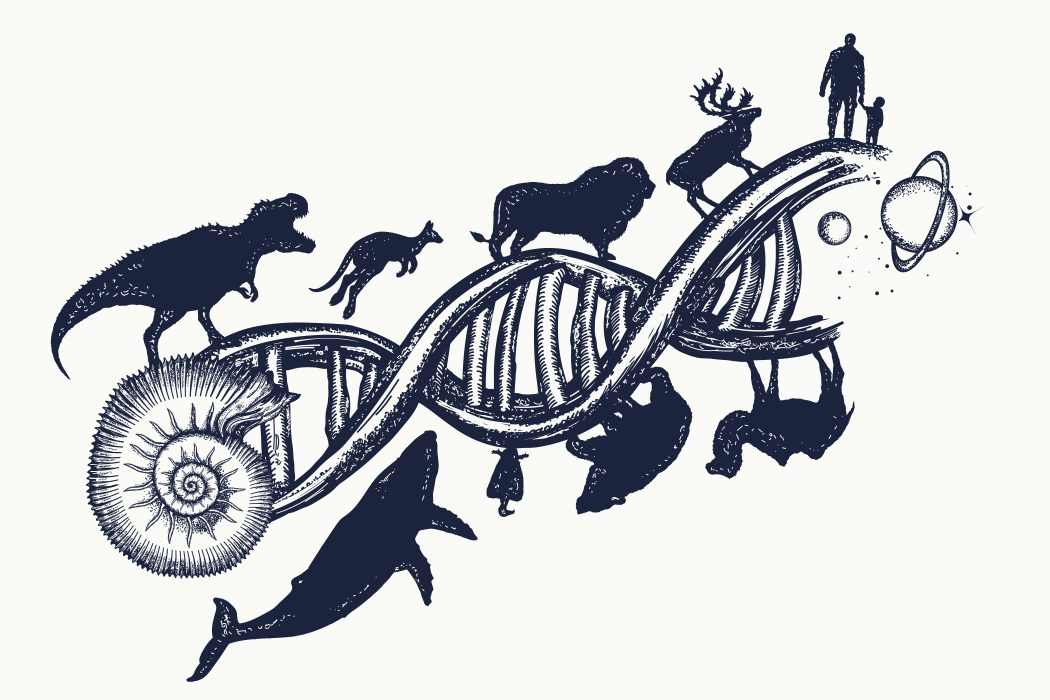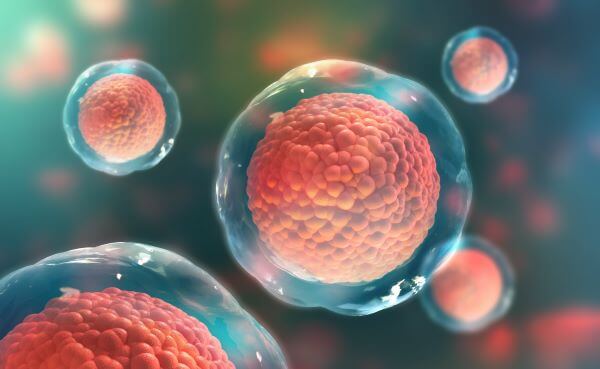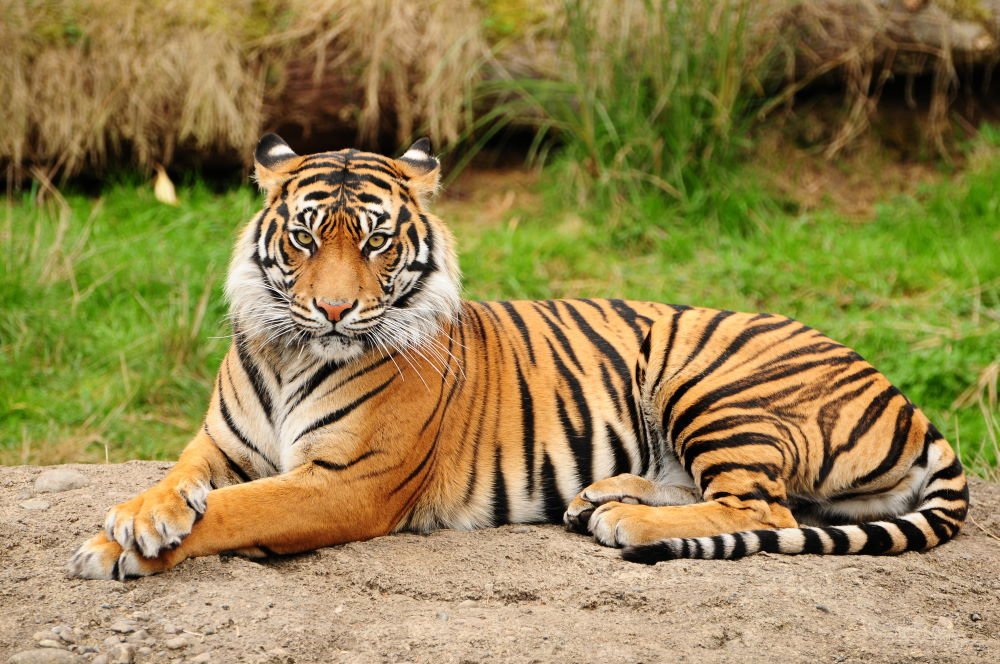Living things interact with their environments in order to thrive and live. Some of the things they interact with are biotic, while some are abiotic. Biotic and abiotic are just big science words that mean living and non-living.
Biotic factors are living organisms that affect an ecosystem. They can be plants, animals, or other organisms. Biotic factors interact with each other and with the abiotic factors to create a unique ecosystem. Biotic factors are also things that were produced by living things, such as waste and bi-products like honey and milk.
Abiotic factors are non-living physical and chemical components of an ecosystem. They include things like air, water, sunlight, rocks, and soil. Abiotic factors do not interact with each other in the way that biotic factors do, but they do interact with biotic factors.
Both biotic and abiotic factors are important for an ecosystem to function properly. Organisms need the abiotic factors to survive and they need the biotic factors to get food and energy. If one part of an ecosystem is removed, it can cause the whole ecosystem to collapse.
